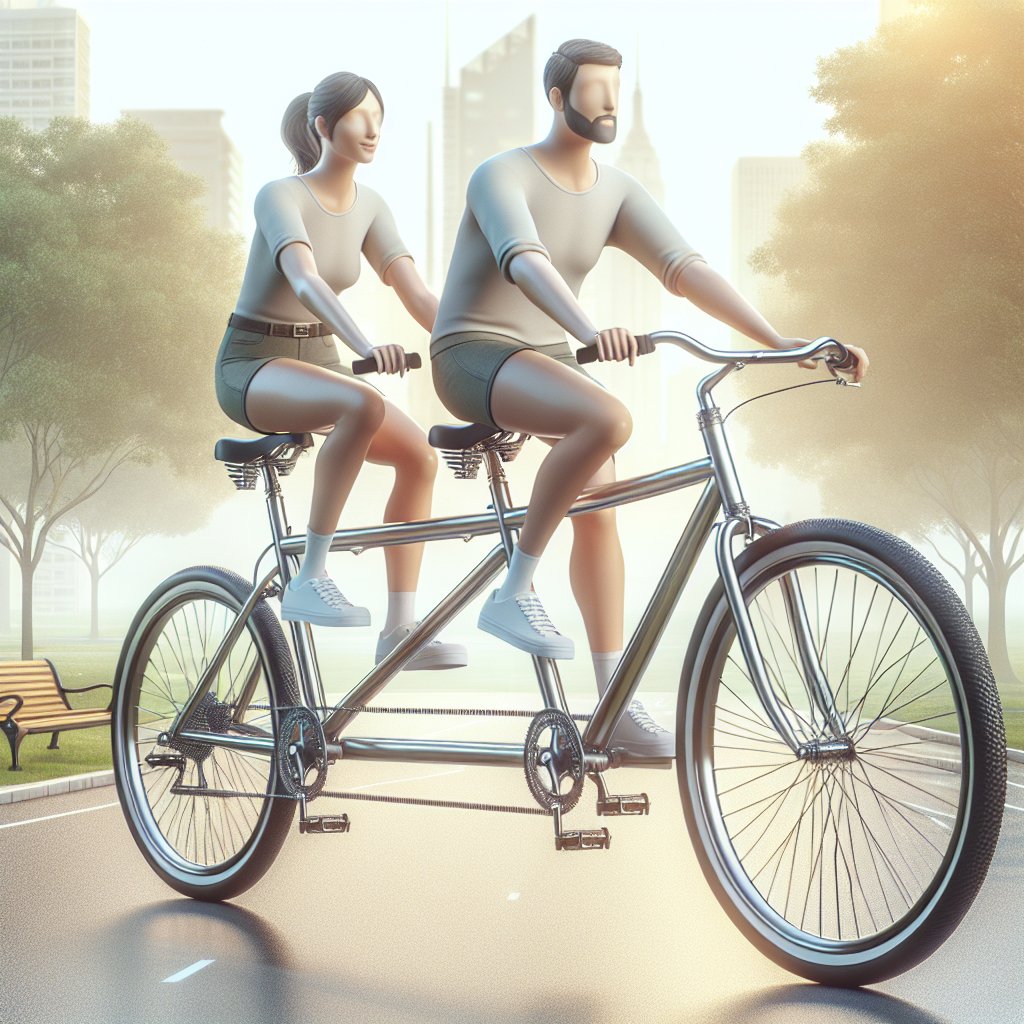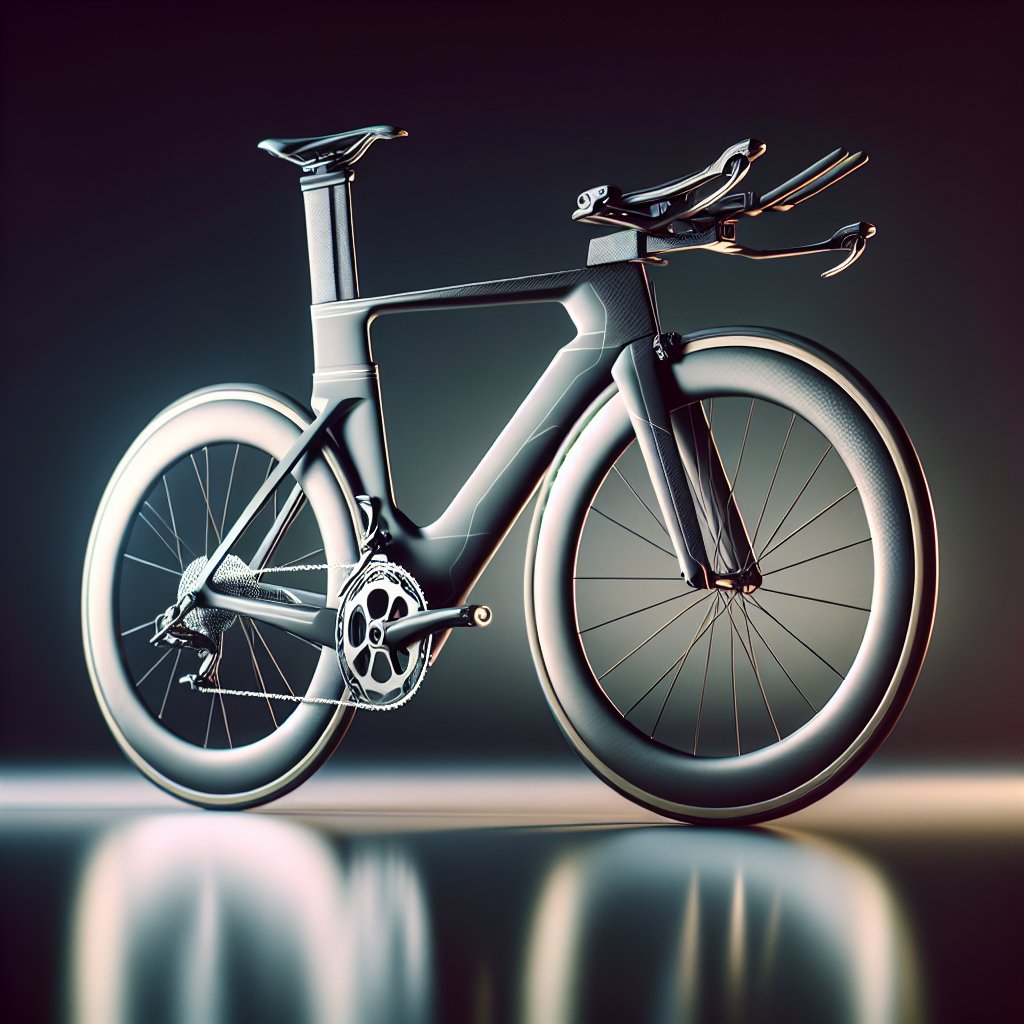When it comes to urban cycling, two popular choices often come up: single-speed and fixed-gear bikes. While they may look similar at first glance, these two types of bicycles offer distinct riding experiences and cater to different kinds of cyclists. Understanding the differences between single-speed and fixed-gear bikes can help you make an informed decision about which one is right for you.
Understanding Single-Speed Bikes
Single-speed bikes, as the name suggests, have only one gear ratio. This means that the bike has a single chainring in the front and a single cog in the rear. The simplicity of this setup makes single-speed bikes easy to maintain and operate. There are no derailleurs, shifters, or multiple gears to worry about, which can be a significant advantage for those who prefer a straightforward cycling experience.
Advantages of Single-Speed Bikes
One of the primary benefits of single-speed bikes is their low maintenance. With fewer components, there is less that can go wrong. This makes them ideal for urban environments where the bike might be exposed to various weather conditions and rough roads. Additionally, single-speed bikes are generally lighter than their geared counterparts, making them easier to carry and maneuver.
Another advantage is the efficiency of power transfer. With no derailleurs or additional gears, the energy you put into pedaling is directly transferred to the wheels. This can make single-speed bikes feel more responsive and quicker off the line, which is particularly useful in stop-and-go city traffic.
Disadvantages of Single-Speed Bikes
However, single-speed bikes are not without their drawbacks. The lack of multiple gears means that you are limited in terms of the terrain you can comfortably tackle. Hills and steep inclines can be challenging, as you cannot shift to a lower gear to make pedaling easier. This can be a significant limitation for cyclists who live in hilly areas or who plan to use their bike for long-distance rides.
Additionally, the single gear ratio means that you have to find a balance between a gear that is easy enough for climbing but not too easy for flat terrain. This can sometimes result in a compromise that is not ideal for either situation.
Understanding Fixed-Gear Bikes
Fixed-gear bikes, often referred to as “fixies,” have a drivetrain with a direct connection between the pedals and the rear wheel. This means that whenever the bike is moving, the pedals are also moving. Unlike single-speed bikes, fixed-gear bikes do not have a freewheel mechanism, so you cannot coast or stop pedaling while the bike is in motion.
Advantages of Fixed-Gear Bikes
One of the most notable advantages of fixed-gear bikes is the level of control they offer. Because the pedals are always engaged, you can use them to slow down or even stop the bike without relying solely on the brakes. This can be particularly useful in urban environments where quick stops and precise control are often necessary.
Fixed-gear bikes also provide a more connected and engaging riding experience. Many cyclists enjoy the feeling of being directly linked to the bike’s movement, which can make for a more immersive and satisfying ride. Additionally, like single-speed bikes, fixed-gear bikes are simple and low-maintenance, with fewer components that can break or require adjustment.
Disadvantages of Fixed-Gear Bikes
However, the fixed-gear setup also comes with its own set of challenges. The inability to coast can be tiring, especially on long rides or in hilly areas. Constantly having to pedal can lead to fatigue more quickly than on a bike with a freewheel. Additionally, the lack of gears means that, like single-speed bikes, fixed-gear bikes are not well-suited for varied terrain.
Another potential drawback is the learning curve associated with riding a fixed-gear bike. For those who are used to coasting or freewheeling, adjusting to a bike that requires constant pedaling can take some time and practice. This can be particularly challenging in busy urban environments where quick reactions are often necessary.
Choosing the Right Bike for You
When deciding between a single-speed and a fixed-gear bike, it’s essential to consider your riding style, the terrain you’ll be navigating, and your personal preferences. Both types of bikes offer unique advantages and disadvantages, and the best choice will depend on your specific needs and circumstances.
Consider Your Riding Environment
If you primarily ride in flat, urban areas and value simplicity and low maintenance, a single-speed bike might be the better choice. The ability to coast and the straightforward operation can make for a more relaxed and enjoyable ride. On the other hand, if you enjoy a more connected and engaging riding experience and are comfortable with the constant pedaling required by a fixed-gear bike, a fixie could be the perfect fit.
Think About Your Fitness Level
Your fitness level and cycling experience can also play a role in your decision. Fixed-gear bikes can provide a more intense workout due to the constant pedaling, which can be beneficial for those looking to improve their fitness. However, if you prefer a more leisurely ride or are new to cycling, a single-speed bike might be more suitable.
Test Ride Both Options
Ultimately, the best way to determine which bike is right for you is to test ride both options. Many bike shops offer the opportunity to try out different models, allowing you to get a feel for the differences in handling, comfort, and overall riding experience. Pay attention to how each bike feels on different types of terrain and in various riding conditions to make an informed decision.
Conclusion
Both single-speed and fixed-gear bikes have their unique advantages and disadvantages, and the right choice will depend on your individual needs and preferences. By understanding the key differences between these two types of bikes and considering factors such as your riding environment, fitness level, and personal preferences, you can make an informed decision that will enhance your cycling experience. Whether you choose a single-speed bike for its simplicity and ease of use or a fixed-gear bike for its engaging and connected ride, both options offer a rewarding and enjoyable way to navigate the urban landscape.


